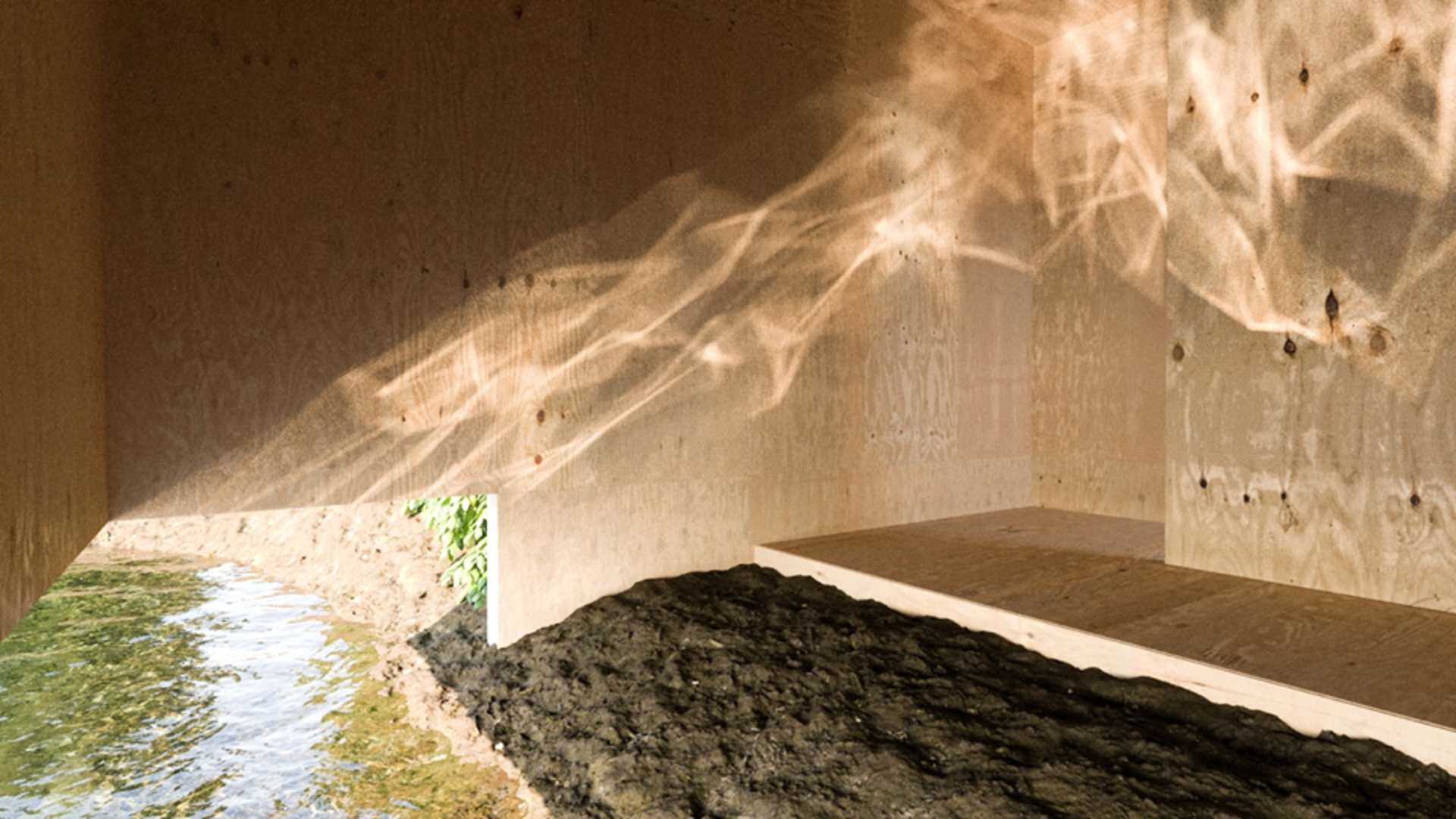Introducing Caustics and How to render them
We all know that caustics appear frequently in nature but rarely appear in rendering. Why is that? This effect is very complex and takes a lot of time and effort to render, so artists often ignore or fake it. However, it still plays an indispensable role in our lives and also makes your renders more realistic and stunning. In this article, let’s learn about caustics and how they are rendered.
What are Caustics?
Caustics are one of the most beautiful light phenomena that nature has to offer. Caustics are the light patterns created when light rays are focused through reflection or refraction from a curved surface. Imagine the bright patches of light you see on the floor when sunlight passes through a glass of water, the shimmering light at the bottom of a swimming pool, or even beams of light from a window onto a dusty environment – that’s a caustic effect.
Rendering Techniques for Accurate Caustics
Photo Mapping
This method simulates the journey of photons (light particles) through a scene. Emitted from light sources, photons bounce around and interact with surfaces. When they encounter reflective or refractive surfaces, they concentrate into caustic patterns that can be rendered in the final image.
Path Tracing
Path tracing simulates the behavior of light by tracing the paths of individual rays as they interact with surfaces in a scene. When these rays encounter reflective or refractive surfaces, they can produce caustic patterns. By accurately modeling the way light bounces and bends, path tracing can create highly realistic caustic effects, along with other complex lighting phenomena like global illumination and soft shadows.
Ray Tracing
Ray tracing excels at simulating the way light interacts with reflective and refractive surfaces, creating realistic caustic effects. By tracing the paths of light rays, it can accurately depict how light bends and bounces, it generates those beautiful patterns you see in caustics. Whether you’re working on a still image or a real-time application, ray tracing is a powerful tool to achieve realistic lighting and caustic effects.
Why need a render farm for rendering Caustics?
Caustics are hard to render and simulate in 3D
-
-
- Complexity of light interactions
-
Rendering caustics involves tracking numerous light rays as they reflect, refract, and scatter in a scene. Each light ray must be followed as it interacts with various surfaces, creating the bright and shadowed areas characteristic of caustics. Unlike standard diffuse or specular reflections, which are more predictable, caustic effects depend heavily on the specific geometry and material properties of the objects involved.
For example, when light strikes a curved glass surface, it refracts in multiple directions, creating a focal pattern specific to the curvature, thickness, and refractive index of the material. Capturing this complexity requires advanced rendering techniques such as photon mapping or path tracing, which simulate thousands or even millions of light paths, significantly increasing the computational load.
-
-
- Numerous samples for reducing noise
-
Another challenge is noise. Due to the stochastic nature of light simulation in ray tracing, caustics can often appear grainy or noisy if insufficient samples are used. High sample counts are necessary to reduce this noise and achieve a smooth caustic effect. However, increasing the number of samples exponentially increases the rendering time.
For instance, resolving a simple caustic effect might require hundreds of samples per pixel. In complex scenes with multiple light sources and refractive objects, the number of required samples can skyrocket, leading to extremely long render times, even on high-end hardware.
-
-
- Computational Intensity and Resource Demands
-
Because of the need for high sample counts and intricate light path calculations, rendering caustics is highly resource-intensive. This poses a significant challenge for individual artists or studios with limited computing power. High-resolution renders with complex caustic effects can take hours or even days to complete on a single machine, especially when using physically accurate rendering techniques like path tracing.
The computational demands are even more significant in animation, where caustic effects must be rendered consistently across hundreds or thousands of frames. Maintaining the same level of detail and reducing noise across all these frames can be overwhelming for typical desktop setups.
Benefits when using a render farm
-
-
- Efficient Distributed Rendering
-
Render farms offer a solution to the high computational demands of rendering caustics by using a network of high-performance computers to distribute the workload. This parallel processing significantly reduces render times, making complex caustic effects feasible. They enable efficient rendering by breaking down scenes into smaller tasks processed simultaneously, which is crucial for tight deadlines and creative iterations.
-
-
- Access to High-End Resources
-
Render farms provide access to high-end resources like cutting-edge GPUs, CPUs, and vast amounts of RAM, essential for handling large datasets and complex calculations. They also offer tailored services to optimize the rendering process, ensuring high-quality and timely output.
-
-
- Cost-Effective Solutions
-
Cost-effectively, render farms allow artists to “rent” processing power on a per-project basis, avoiding significant hardware investments. They integrate seamlessly with popular 3D software, making it accessible for artists of all levels to create stunning caustic effects without being limited by their hardware.
-
-
- Creative Focus
-
By using a render farm, artists can spend more time focusing on creative decisions rather than waiting for long render times. This allows for more iterations and refinements, leading to better final results. The efficiency gained through render farms enables artists to perfect their caustic effects and overall scene quality.
iRender - The best cloud rendering service for your Caustics scenes
Using iRender for caustics rendering offers several benefits. First and foremost, iRender provides high performance with powerful rendering capabilities. It is optimized for caustics, ensuring high-quality and realistic results. This level of performance is essential for achieving well-defined caustic patterns in your renderings. You can see our packages and their configurations here.
iRender’s cloud-based infrastructure allows for scalable rendering solutions, making it suitable for both individual projects and large-scale productions. Additionally, iRender offers ease of use. Its user-friendly interfaces and tools simplify the rendering process, allowing artists to focus on their creativity rather than technical details. Also, by leveraging cloud resources, iRender can reduce the need for expensive hardware investments. This makes high-quality rendering more accessible and affordable for artists and studios.
You can have a look at our testing videos with RTX 4090 on our server.
This month, we offer the best deal to kickstart your project. Don’t miss out on that!
Let’s make a registration, making it an attractive option for those looking to optimize their rendering budget.
For more detailed information, please contact us via Live chat 24/7 or WhatsApp: +(84)915875500 or Email: [email protected]
iRender – Happy rendering!
Reference: chaos.com
Related Posts
The latest creative news from Vray Cloud Rendering









